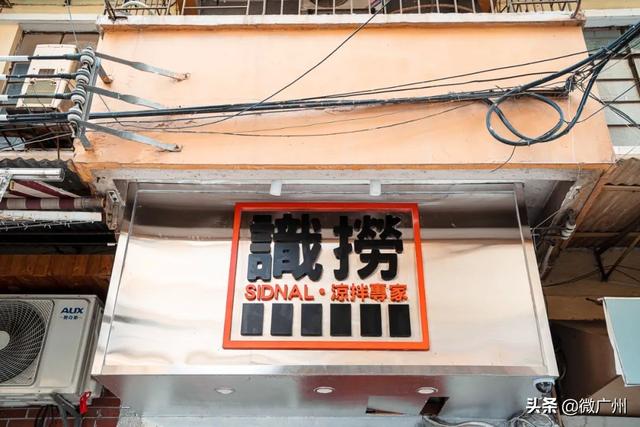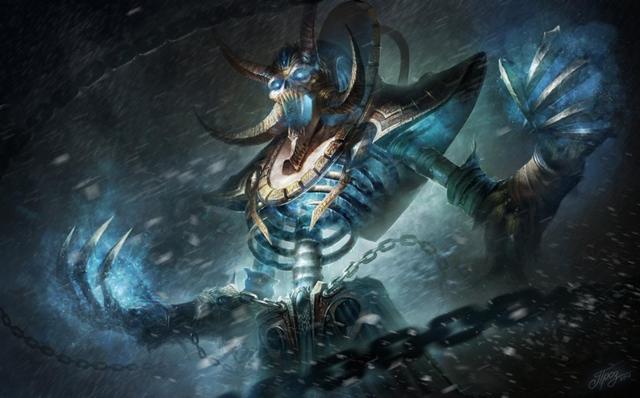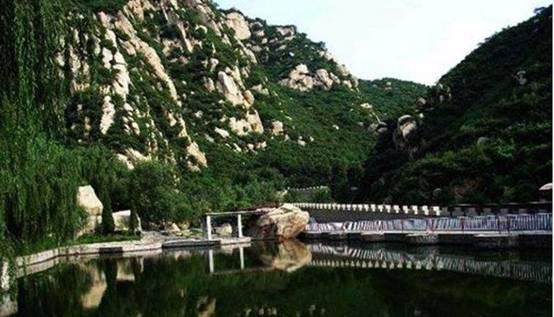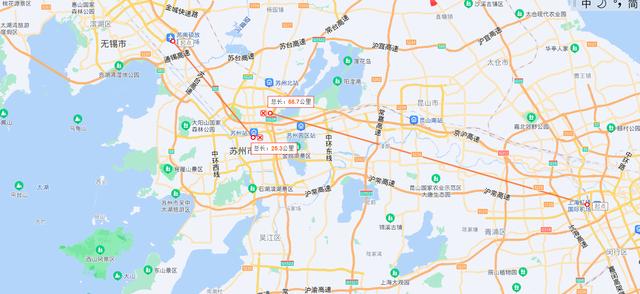新标准商务英语教程2unit5(新标准商务英语综合教程)
Failure Is Glorious
Alberto Alessi transformed his family’s housewares business into a trendsetting design giant. His secret: walking the borderline between genius and failure.
失败是一种荣耀
阿尔贝托·阿莱西 (Alberto Alessi)将家族企业中的家庭用品部转型为引领潮流的设计巨头。他的秘诀就是:游走于天才与失败的边缘。
Written by: Ian Wylie
Has your latest project bombed? Have the past six months been a fast journey down a blind alley? There’s only one thing for you to do, says Alberto Alessi, godfather of Italian product design: Revel in your glorious failures. Dance on the borderline between success and disaster. Because that’s where your next big breakthrough will come from.
你最近的项目失败了吗?在过去的六个月里,沿着死胡同走了很长一段路吗?意大利产品设计的教父阿尔贝托·阿莱西 (Alberto Alessi) 表示,只有一件事需要你去做:为自己辉煌的失败而陶醉。在成功和灾难之间的边缘跳舞。因为这就是你下一个重大突破的来源。

Alessi, 54, has followed that very advice ever since he took the reins of the family business in 1970. His partnerships with some of the world’s best designers have transformed this 80-year-old company from housewares supplier to design leader. You might not know them as Alessi offerings, but most people can recognize Philippe Starck’s Juicy Salif lemon squeezer, and Michael Graves’s Bird Kettle.
54 岁的阿莱西自从 1970 年接管家族企业以来,一直遵循着(失败是一种荣耀)这一建议。他与一些世界上最优秀的设计师的合作,使这家有着 80 年历史的公司从家庭用品供应商变成了设计领导者。作为阿莱西产品,你可能不知道他们,但大多数人认识菲利普斯塔克的多汁萨利夫柠檬榨汁机,和迈克尔格雷夫斯的鸟水壶。
But Alessi is just as proud of his flops. It’s the duds that enjoy center stage in the company’s private museum, where Alessi’s designers weekly to discuss new projects. He has even published a book of prototypes that never made it to production. In a market that’s crowded with the mundane and generic, Alessi says, the lemons reassure him that he is not veering toward safety.
但是阿莱西也为他的失败感到骄傲。在公司私人博物馆的舞台中心,阿莱西的设计师们每周都在那里讨论新项目。他甚至出版了一本书,里面全是从来没有生产的设计原型。阿莱西说,在一个充斥着平凡和普通商品的市场里,柠檬机(的设计)让他确信自己没有转向(只做)安全(的设计)。
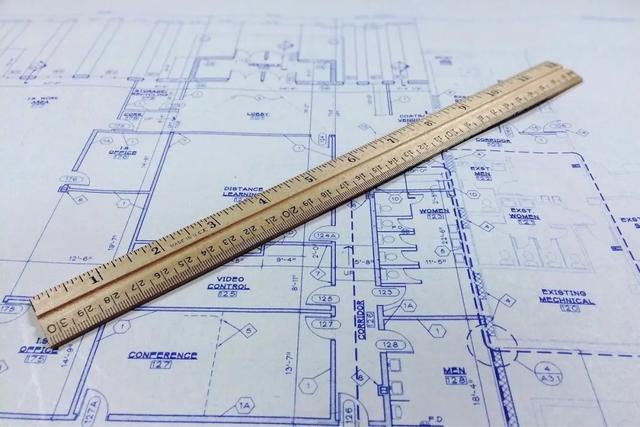
Fortunately, most of the products [created by (of<200 free-agent designers>)] are winners. The Alessi “dream factory” of 500 workers, which Alberto runs with brothers Michele and Alessio, has over the past decade raised sales by around 15% a year, to $100 million today.
幸运的是, 阿莱西(团队)令人印象深刻的 200 名自由设计师创造的大多数产品都是赢家。阿尔贝托与米歇尔和阿莱西奥兄弟(三兄弟)共同经营的阿莱西“梦工厂”有 500 名工人,在过去的十年里,每年的销售额提高了 15 %左右,如今已达到 1 亿美元。
Now, having conquered our kitchens, Alessi is looking at our cell phones, watches, and maybe even our cars. How will he do it? By walking along the border between the “possible and the not possible.” In an interview at the Alessi factory he explained how to fail in style.
现在,征服了我们消费者的厨房之后,阿莱西开始关注我们的手机、手表,甚至是我们的汽车。他会怎么做?在阿莱西工厂的一次采访中,他解释了如何优雅地失败。
Where is this borderline?
边界在哪里?
The area of the “possible” is the area in which we develop products that the customer will love and buy. The area of the “not possible” is represented by the new projects that people are not yet ready to understand or accept.
“可能”的领域是我们开发客户会喜爱和购买的产品的领域。“不可能”的领域由人们尚未准备好理解或接受的新项目所代表
Working close to the borderline is very risky because you cannot see it with your eyes. It is not clearly drawn or marked. You can only feel it by using sensibility and intuition — two characteristics rare in industrial organizations that are led by technology rather than design. One step more, and you risk falling into the not-possible area. So, most car producers, for example, work as far away as possible from the borderline. And step by step, they all end up producing the same car.
靠近(失败和成功之间的)边界线工作是非常危险的,因为你无法用眼睛看到它。没有清晰的线条和标记。你只能通过感觉和直觉来感受它——这两种品质在以技术而非设计为主导的工业组织中很少见。再往前走一步,你就有可能陷入“不可能”的领域。因此,大多数汽车生产商,例如,工作尽可能远离(失败和成功之间的)边界线。一步一步地,他们最终生产出同质化的轿车。
At Alessi, we work as close as we can to the borderline and accept the risk of falling into the other area. Why? Because when we succeed, we give birth to a new product that surprises people and manages to touch their hearts. And because it is completely unknown, it doesn’t have any competition — which means we can enjoy big margins.
在阿莱西,我们尽可能靠近(失败和成功之间的)边界线工作,并接受掉入另一区域的风险。为什么?因为当我们成功的时候,我们会诞生一种新的产品,让消费者惊喜,并设法打动他们的心。因为新的产品是完全未知的,它没有任何竞争,这意味着我们可以享受巨大的利润。

How do you explain your success?
你如何解释自己的成功?
Our industrial organization is very flexible. We have a few best-sellers that sell more than 100,000 pieces a year, while others sell in much smaller numbers. They have a long production run, however, because consumer demand just never dies. In any case, Alessi is not a mass-production company. It’s a research lab for the applied arts. We are not manufacturers; we are mediators between the expression of creativity and the real things that touch people’s hearts.
我们的产业组织非常灵活。我们有几件畅销产品,年销量超过 10 万件,其他畅销产品的销量则少得多。然而,这些畅销品的生产(销售)周期很长,因为消费者的需求永远不会消失。无论如何,阿莱西都不是一家量产的公司。这是一个实用艺术研究实验室。我们不是制造商,我们是创意传达和触动人心的真实产品之间的媒介。
And that means we have to experiment a lot. But doing experiments doesn’t just mean doing the research and making a prototype. It means putting a finished product into the marketplace. Thanks to the flexibility of our organization, we can be profitable even if we sell just 2,000 or 3,000 of each product in a year.
这就意味着我们要做很多实验。但做实验不仅仅意味着做研究和制作原型,还要将成品投入市场。由于我们组织的灵活性,即使我们一年只卖出 2000 或 3000 件产品,我们也能盈利。
In any case, for us, profitability is of secondary importance. Once we are able to defend the quality of what we are doing, then we can be profitable.
无论如何,对我们来说,盈利是次要的。一旦我们能够保护我们正在做的事情的质量,那么我们就可以盈利。

What is your favorite Fiasco?
哪个产品的惨败是你最喜欢的?
“Our most beautiful fiasco was the Philippe Starck Hot Bertaa kettle. I did not realize that we had gone too far. Inside the kettle was some complicated but very intelligent engineering that prevented steam from escaping when the water was being poured. On the prototypes, it worked well, but when we produced thousands and thousands, it didn’t work so well.
“我们最漂亮的惨败是菲利普·斯塔克热贝塔水壶。我没有意识到我们走得太远了。在水壶里有一些复杂但非常智能的工程,它可以防止水被倒出来时有蒸汽逸出。在原型机上,效果还不错,但当我们生产出成千上万台时,效果就不那么好了。
“The kettle was very much criticized. But it was never a stupid project: We just went too far. There were many positives, not least the courage of the designer. He wasn’t playing a joke on the customers. He just felt the need to experiment.
“这个水壶受到了很多批评。但这绝不是一个愚蠢的项目:我们只是走得太远了。有很多积极的方面,不仅仅是设计者的勇气。他不是在跟顾客开玩笑。他只是觉得有必要试验一下。
How do you view your customers?
你如何看待你的客户?
“Our customers seem happy to take risks with us, probably because they realize that we’re always sincere. They like walking the borderline with us. Customers are much more progressive than marketing people, distributors, or retailers believe. Society is much more exciting than just a target market. A target market is a cage where people try to put society. It bears no relation to what people feel and want.”
“我们的客户似乎乐于与我们一起承担风险,可能是因为他们意识到我们总是真诚的。他们喜欢和我们一起走在(成功和失败之间的)边界线上。顾客比营销人员、经销商或零售商认为的更加进步(前卫)。社会远比一个目标市场更令人兴奋。目标市场是一个笼子,人们试图把社会进去,它不太考虑人们的感受和需求。”
,免责声明:本文仅代表文章作者的个人观点,与本站无关。其原创性、真实性以及文中陈述文字和内容未经本站证实,对本文以及其中全部或者部分内容文字的真实性、完整性和原创性本站不作任何保证或承诺,请读者仅作参考,并自行核实相关内容。文章投诉邮箱:anhduc.ph@yahoo.com

